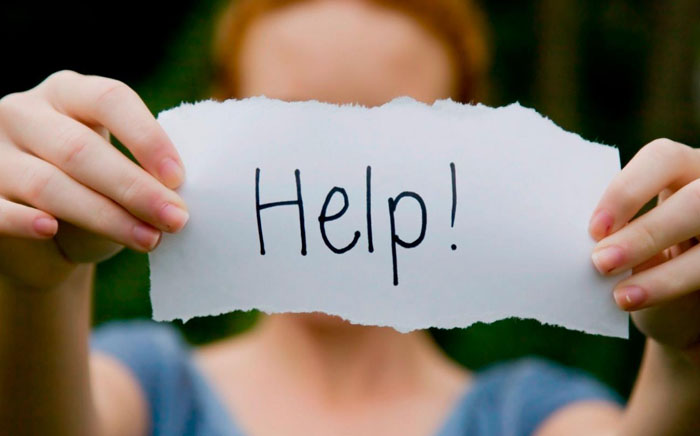- Login
- Cart{{shopingCartNum}}
- English
Depression and anxiety are two common mental health issues, sharing many similarities in symptoms and impacts, but also differing in some key ways. Understanding the characteristics and differences between these two conditions is crucial for accurate diagnosis and treatment. This article will explore the differences between depression and anxiety, as well as how to identify and treat these conditions.

Depression is an emotional disorder characterized by persistent feelings of sadness, loss of interest, or pleasure. It may be accompanied by a range of physical and psychological symptoms, severely impacting the patient's daily life and work ability.
Anxiety is an emotional disorder characterized by excessive worry and fear. Individuals with anxiety often worry about future events or feel overly tense and uneasy in everyday situations. This persistent sense of anxiety may interfere with their daily life.

1. Persistent feelings of sadness, despair, or emptiness.
2. Loss of interest or pleasure.
3. Sleep problems, such as insomnia or oversleeping.
4. Significant weight gain or loss.
5. Fatigue and lack of energy.
6. Decreased self-worth.
7. Difficulty concentrating, memory problems, and decision-making difficulties.
8. Thoughts of death or suicide.

1. Excessive worry and tension.
2. Feeling restless and unsettled.
3. Palpitations and rapid heartbeat.
4. Difficulty breathing.
5. Trembling and sweating.
6. Nausea and diarrhea.
7. Frequent headaches and muscle tension.
8. Difficulty controlling worrisome and anxious thoughts.

The diagnosis of depression and anxiety is usually based on the patient's symptoms and medical history. Doctors or mental health professionals conduct a detailed assessment, including face-to-face interviews and questionnaires. Sometimes, physical examinations and laboratory tests may be necessary to rule out other potential illnesses.

Treatment for depression and anxiety typically includes medication, psychotherapy, and lifestyle changes. Some commonly used treatments include:
1. Medication: Common medications for depression and anxiety include antidepressants, anti-anxiety medications, and mood stabilizers. Medication can help adjust the chemical balance in the brain and alleviate symptoms.
2. Psychotherapy: Psychotherapies such as cognitive behavioral therapy (CBT) and psychodynamic therapy can help patients identify and change negative thinking patterns and learn coping skills.
3. Lifestyle changes: Healthy lifestyle practices such as regular sleep, balanced diet, moderate exercise, and stress reduction are crucial for improving symptoms of depression and anxiety.

1. Emotional experience: The primary feature of depression is persistent sadness and loss of pleasure, while anxiety is characterized by excessive worry and fear.
2. Anxiety symptoms: Anxiety often accompanies physical symptoms such as palpitations, sweating, and trembling, which are less pronounced in depression.
3. Thinking patterns: Individuals with depression often exhibit negative thinking patterns, such as self-blame and pessimism, while those with anxiety tend to worry about future events and outcomes.
4. Behavioral manifestations: Individuals with depression may show social withdrawal, lack of drive and interest, while those with anxiety may exhibit excessive worry and safety-seeking behaviors.
Depression and anxiety are two common mental health issues, sharing many similarities in symptoms and impacts, but also differing in some key ways. Understanding the characteristics and differences between these two conditions is crucial for accurate diagnosis and treatment. If you or someone you know is experiencing symptoms of depression or anxiety, seek professional medical help for appropriate treatment and support. Remember, depression and anxiety are treatable conditions, and seeking help early is key.